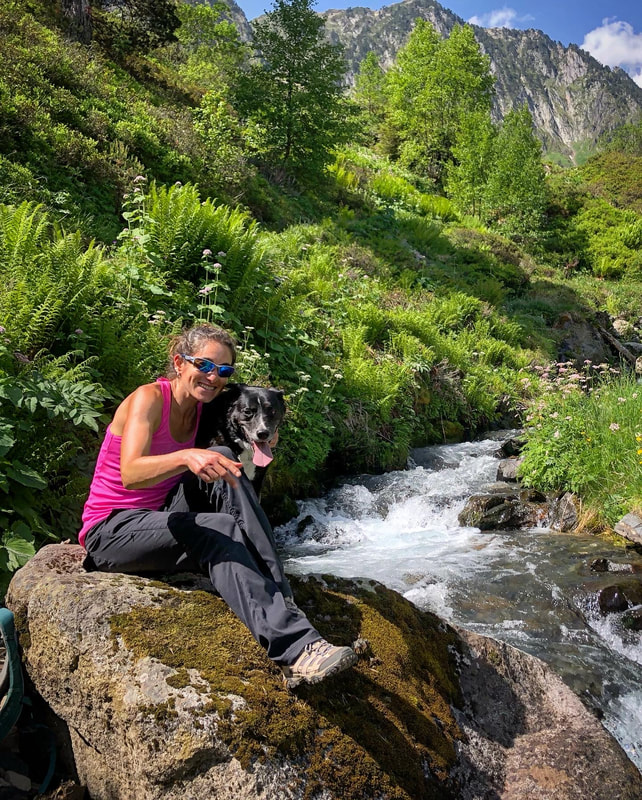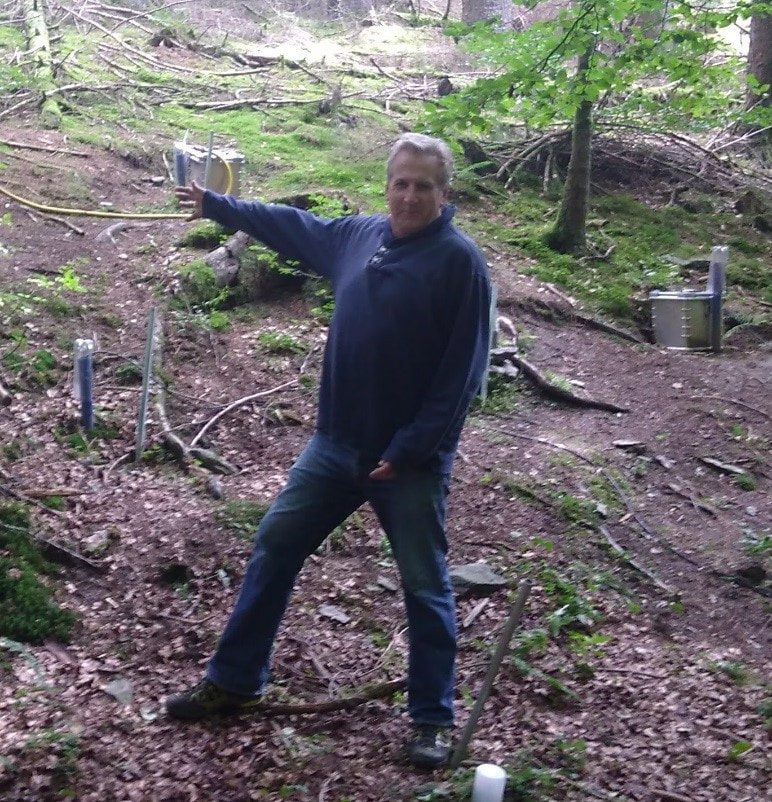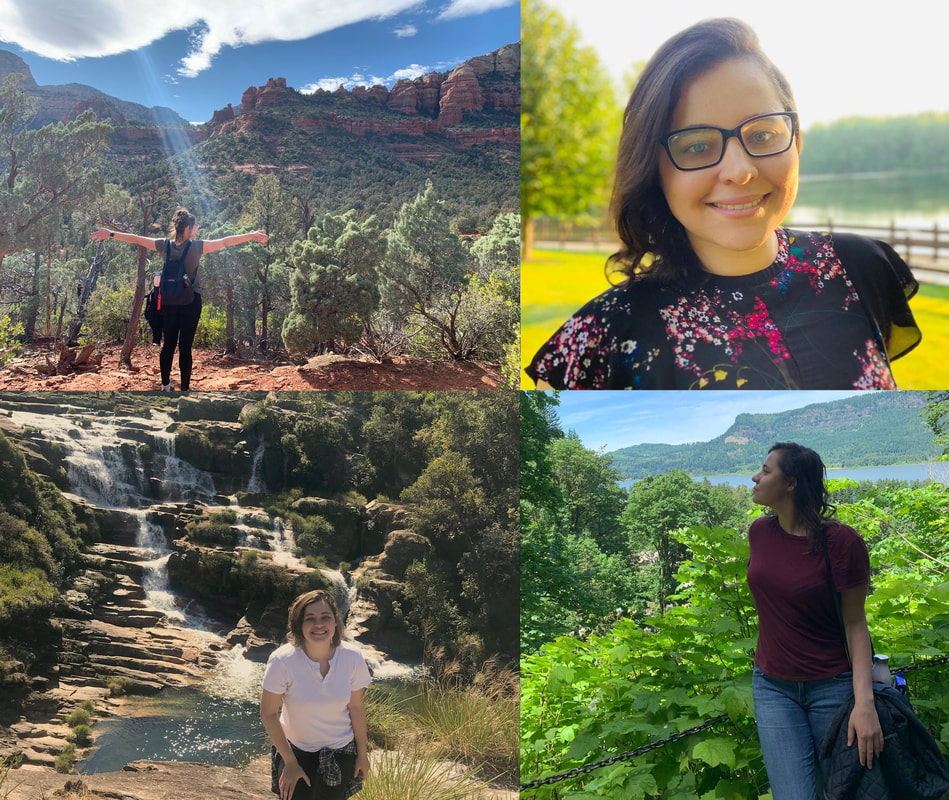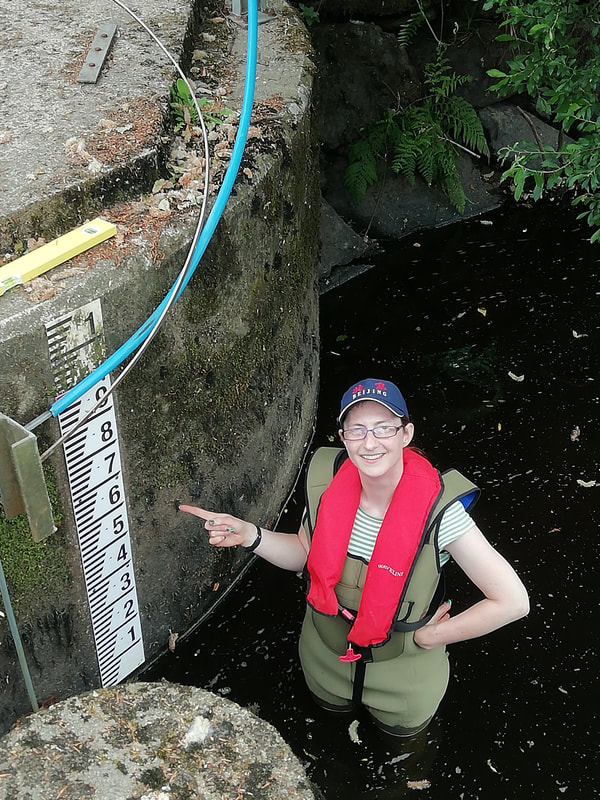How plants regulates the exchange of water at the land surface and therefore the coupled exchanges of energy and carbon.
What are your undergraduate and graduate degrees in?
My undergraduate degree is in engineering and applied mathematics. My MSc and PhD were in Civil Engineering at MIT. I started an MSc in theoretical physics but left as I wanted to work on something more applicable to daily problems.
How did you arrive at working in/thinking about ecohydrology?
I first got interested in water after working in Morocco, as water is very scarce there. Then I started thinking about the exchange of energy and water at the land surface and it became clear to me that vegetation was the key regulator of those exchanges and thus that I had to study this as a coupled system, the soil-plant-atmosphere continuum.
What do you see as an important emerging area of ecohydrology?
I think carbon cycle research and the importance of water in this cycle will remain prominent for the next few years.
Climate change and how it affects through a myriad of processes the water and carbon cycle as well as landscape is also going to be a key area of research.
Do you have a favorite ecohydrology paper? Describe/explain.
Maybe my favorite paper(s) would be the one and unique series of papers from Eagleson (1978). They introduced many (if not most) modern concepts in hydrology, from stochastic rainfall, to vegetation interaction and annual water balance. Many recent papers are following on this pioneering work, yet sometimes are not aware of this initial work.
What do you do for fun (apart from ecohydrology)?
I like running, skiing, hiking with my wife, listening to some good music (all the time especially when I am working), spending time with my family and friends, traveling and discovering new places (before COVID at least).





 RSS Feed
RSS Feed